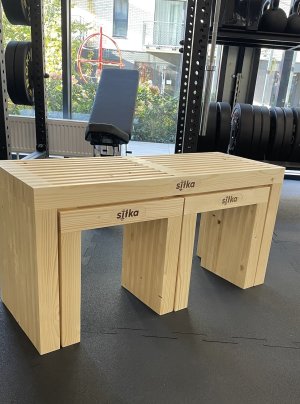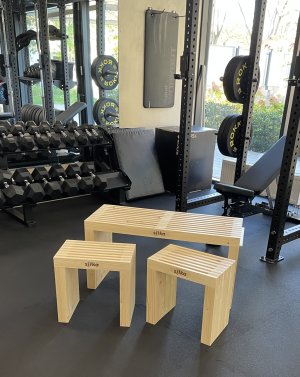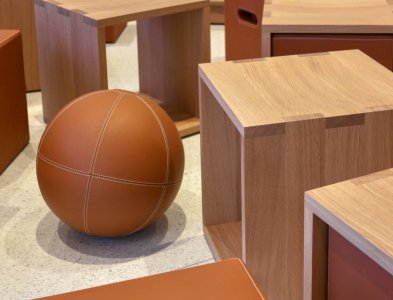Stevenski
Member
My son-in-law who is (was) a lawyer has decided to launch a new venture - small gyms.
He asked me if I could help by making some stuff to fit it out so I made some nesting benches which I think will be useful and versatile.
Simple construction technique using pine battens dimensioned down to 60x18mm on the table saw
I branded them with his logo by milling out a pocket and inserting a laser cut and etched blank of 2mm ply wood
They are very sturdy despite looking light. The large bench actually weighs almost 18kg! I guess they could also be used for bench presses.... (pun intended )
)


He asked me if I could help by making some stuff to fit it out so I made some nesting benches which I think will be useful and versatile.
Simple construction technique using pine battens dimensioned down to 60x18mm on the table saw
I branded them with his logo by milling out a pocket and inserting a laser cut and etched blank of 2mm ply wood
They are very sturdy despite looking light. The large bench actually weighs almost 18kg! I guess they could also be used for bench presses.... (pun intended




